The Hells Angels Motorcycle Club: History, Structure, And Activities
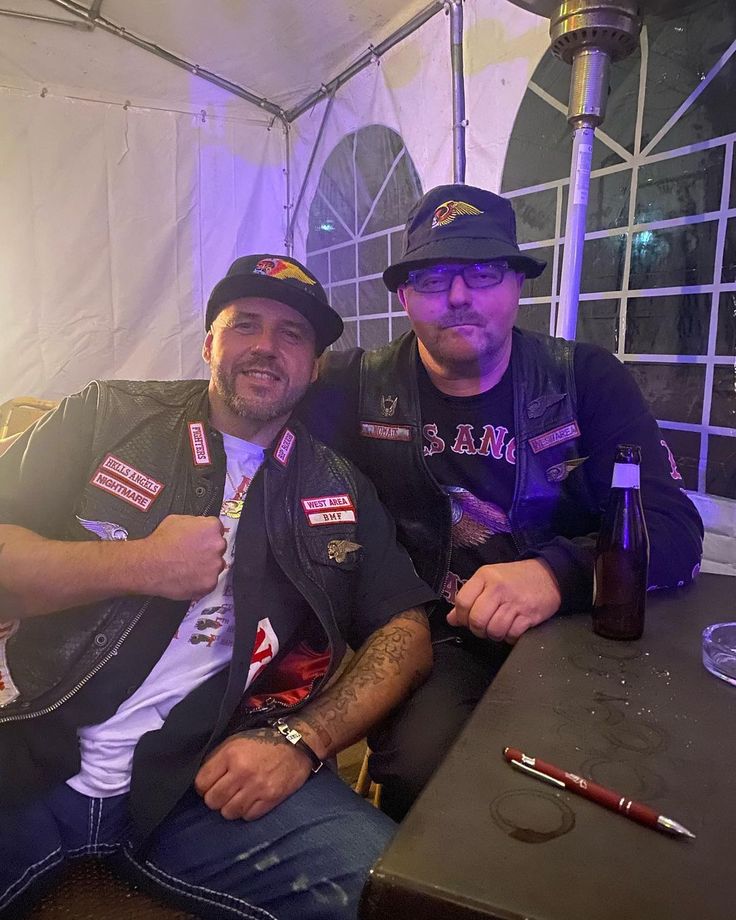
Table of Contents
A History of the Hells Angels Motorcycle Club
Early Years and Formation (1948-1960s)
The Hells Angels Motorcycle Club's origins trace back to post-World War II America. Founded in 1948 in Fontana, California, the club initially consisted of a group of World War II veterans and other bikers drawn together by a shared love of motorcycles and a rebellious spirit. These early years were characterized by a strong sense of camaraderie, but also by increasing clashes with law enforcement.
- Key figures and founding members: While exact founding members are debated, some key early figures helped shape the club's identity and trajectory.
- Early clubhouses and territories: The club's early territories were primarily centered around Southern California, with their initial clubhouse serving as a central hub for activities.
- Shifting social and political context influencing the club's evolution: The post-war boom and counter-cultural movements of the 1960s significantly influenced the club’s growth and public perception. The rise of anti-establishment sentiment provided a fertile ground for the club's outlaw image to flourish.
Expansion and Growth (1970s-Present)
From its California roots, the HAMC embarked on a period of significant expansion, establishing chapters across the United States and internationally. The granting of charters to new groups played a key role in this growth, fostering a network of affiliated clubs worldwide.
- Key events that led to global expansion: The strategic granting of charters to new groups in various locations formed the backbone of the HAMC’s international expansion.
- Geographical distribution of chapters and their influence: Today, Hells Angels chapters are established across several continents, exercising considerable influence in their respective regions. Their presence is often marked by territorial disputes and conflicts with rival motorcycle gangs.
- Evolution of club's image and public perception: The club's image has evolved, shifting from a primarily local motorcycle club to a globally recognized and feared organization. This evolution has been fueled by media coverage, law enforcement investigations, and the club's own activities.
The Structure and Hierarchy of the Hells Angels
The "1%er" Patch and its Significance
The infamous "1%er" patch is a defining symbol of the Hells Angels' outlaw identity. It represents the club's rejection of mainstream society and its embrace of a rebellious, anti-establishment ethos.
- The origins and symbolism of the patch: The patch's origins can be traced back to a statement by the American Motorcycle Association that 99% of motorcyclists were law-abiding citizens.
- Its impact on the club's image and public perception: The "1%er" patch immediately solidifies the Hells Angels' image as a defiant and dangerous organization.
- The significance of the patch within the club's hierarchy: Wearing the patch signifies full membership and commitment to the club's rules and values.
Internal Organization and Leadership
The Hells Angels operate under a highly structured hierarchy. This rigid structure ensures control, discipline, and the efficient execution of the club's objectives.
- Chain of command within the club: The hierarchy runs from the top, with the Mother Chapter, down through regional chapters and individual members.
- Roles and responsibilities of key positions: Key roles like President, Vice President, and Sergeant-at-Arms have specific responsibilities for overseeing various aspects of the club's operations.
- How decisions are made and enforced within the organization: Decisions are made through a complex system of meetings, consultations, and ultimately, enforced by the club's strict internal disciplinary processes.
Activities and Criminal Enterprises of the Hells Angels
Involvement in Organized Crime
The HAMC has been implicated in numerous criminal activities worldwide, resulting in countless arrests and convictions. Their involvement in organized crime is a significant aspect of their notoriety.
- Specific examples of criminal activities and their scale: Drug trafficking, weapons smuggling, extortion, money laundering, and violence are frequently cited examples of their criminal activities.
- Law enforcement efforts to combat these activities: Law enforcement agencies globally dedicate significant resources to investigating and disrupting the HAMC's activities.
- The impact of these activities on communities: The HAMC's criminal activities significantly impact the communities where they operate, contributing to violence, drug abuse, and economic instability.
Legitimate Businesses and Public Image Management
While primarily known for their criminal activities, the HAMC has also attempted, with varying degrees of success, to cultivate a more legitimate public image.
- Examples of legitimate businesses (if any) and their purpose: Some chapters have attempted to establish legitimate businesses, often used as fronts for money laundering or to project an image of respectability.
- Strategies used to manage public perception and mitigate negative press: The club employs various strategies, including selective media engagement and community outreach initiatives, to attempt to improve their public image.
- The effectiveness of these strategies: The effectiveness of these strategies is debatable, and the HAMC largely remains synonymous with organized crime.
Conclusion
The Hells Angels Motorcycle Club represents a complex and controversial organization with a long and violent history. From their origins in post-war California to their global presence today, the HAMC’s activities and structure have continually challenged law enforcement and captivated public attention. Understanding their history, hierarchical structure, and involvement in criminal enterprises is crucial to comprehending the group's ongoing impact. To further your understanding of this fascinating and dangerous group, continue researching the Hells Angels Motorcycle Club and the ongoing efforts to counter their criminal activities.

Featured Posts
-
 Can We Make Housing Affordable Without Lowering Home Prices The Gregor Robertson Approach
May 26, 2025
Can We Make Housing Affordable Without Lowering Home Prices The Gregor Robertson Approach
May 26, 2025 -
 De Minaurs Madrid Open Campaign Ends In Straight Sets Defeat Swiatek Advances
May 26, 2025
De Minaurs Madrid Open Campaign Ends In Straight Sets Defeat Swiatek Advances
May 26, 2025 -
 Live Journals The Hunger Games A Deep Dive Into Ohnotheydidnts Community Posts
May 26, 2025
Live Journals The Hunger Games A Deep Dive Into Ohnotheydidnts Community Posts
May 26, 2025 -
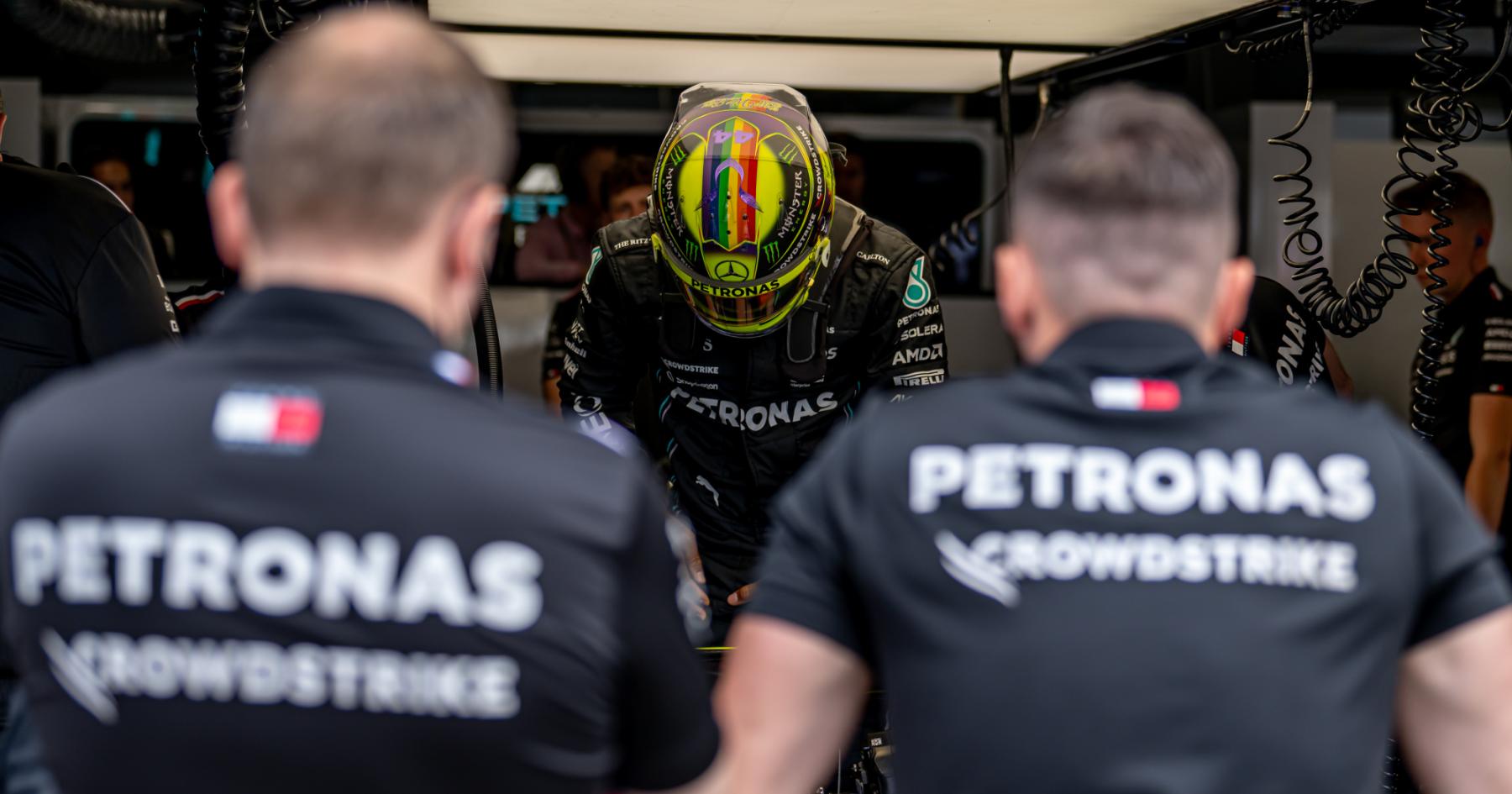 Understanding The Impact Of Hamiltons Input On F1 Rule Changes
May 26, 2025
Understanding The Impact Of Hamiltons Input On F1 Rule Changes
May 26, 2025 -
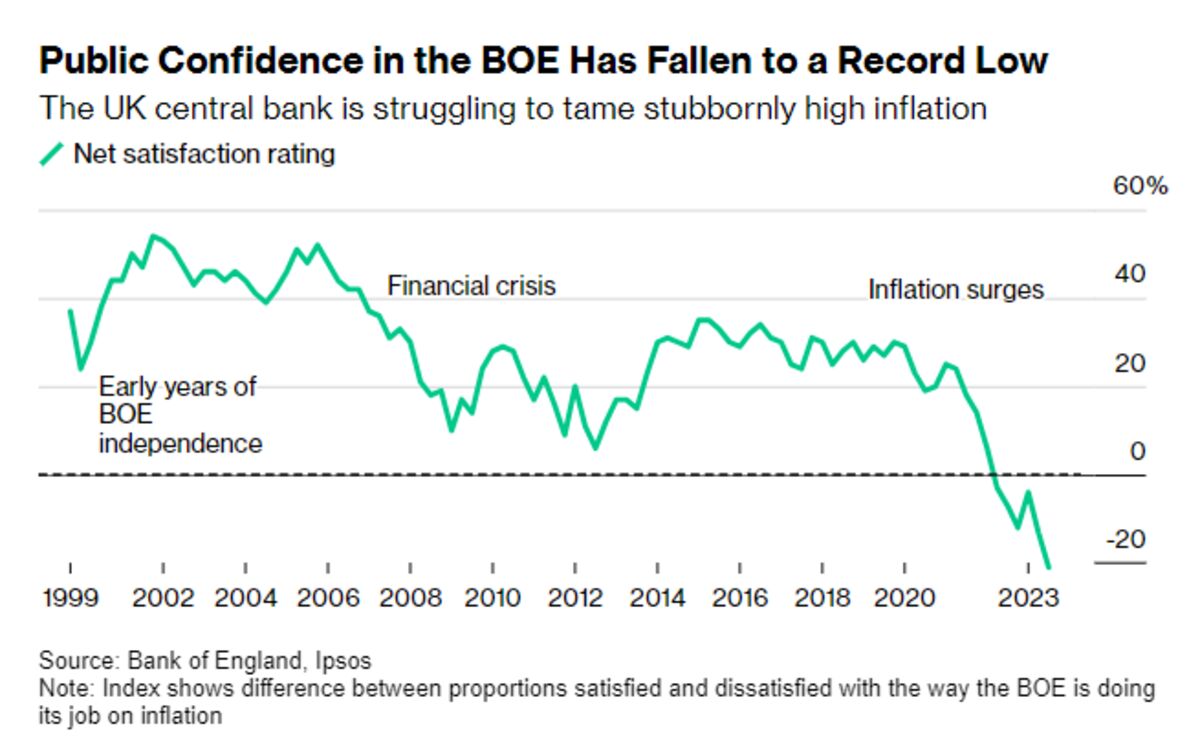 Pound Strengthens After Uk Inflation Report Boe Cuts Less Likely
May 26, 2025
Pound Strengthens After Uk Inflation Report Boe Cuts Less Likely
May 26, 2025
Latest Posts
-
 Phillips To Leave Leeds Latest Transfer News And Summer Squad Updates
May 28, 2025
Phillips To Leave Leeds Latest Transfer News And Summer Squad Updates
May 28, 2025 -
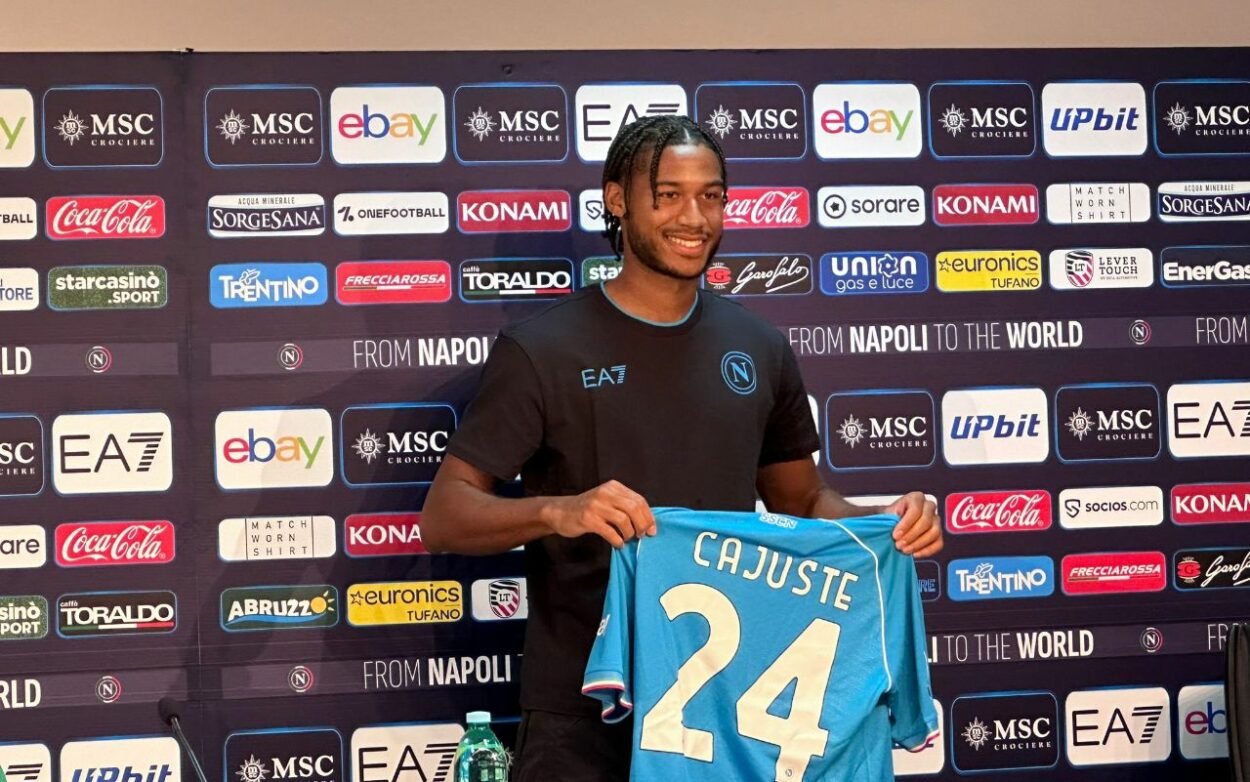 Injury News Mc Kenna Back In Training Cajuste Positive Three Remain Sidelined Ipswich Town
May 28, 2025
Injury News Mc Kenna Back In Training Cajuste Positive Three Remain Sidelined Ipswich Town
May 28, 2025 -
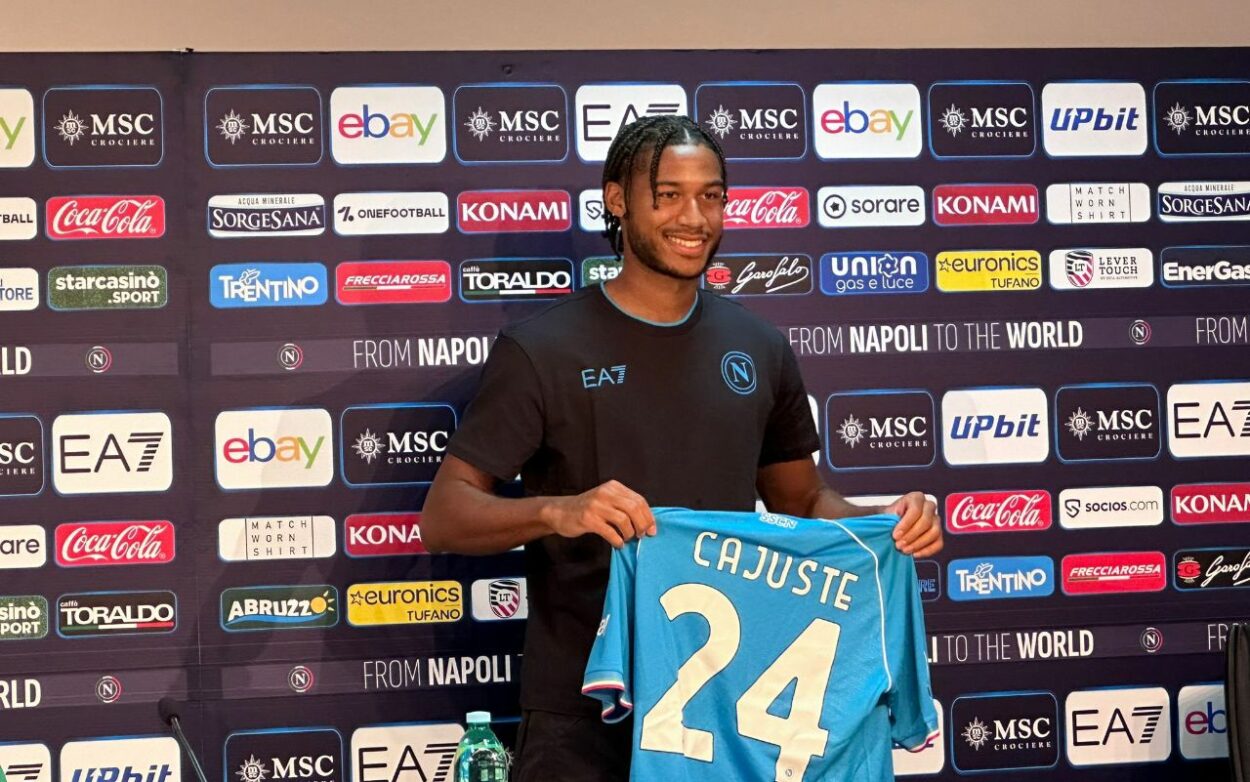 Ipswich Town Mc Kenna Returns Cajuste Improves Key Trio Absent
May 28, 2025
Ipswich Town Mc Kenna Returns Cajuste Improves Key Trio Absent
May 28, 2025 -
 Leeds United News Latest On Kalvin Phillips Transfer And Second Summer Signing
May 28, 2025
Leeds United News Latest On Kalvin Phillips Transfer And Second Summer Signing
May 28, 2025 -
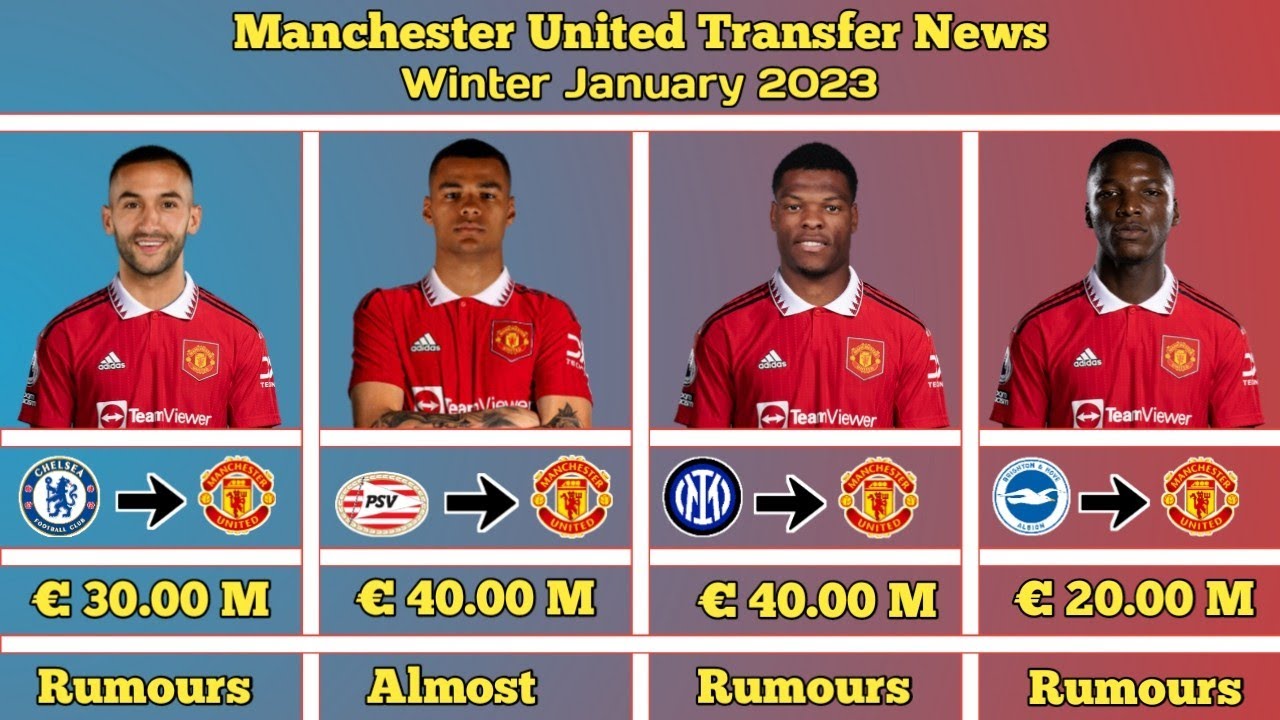 Leeds United Summer Transfer News Phillips Exit And New Arrival
May 28, 2025
Leeds United Summer Transfer News Phillips Exit And New Arrival
May 28, 2025
